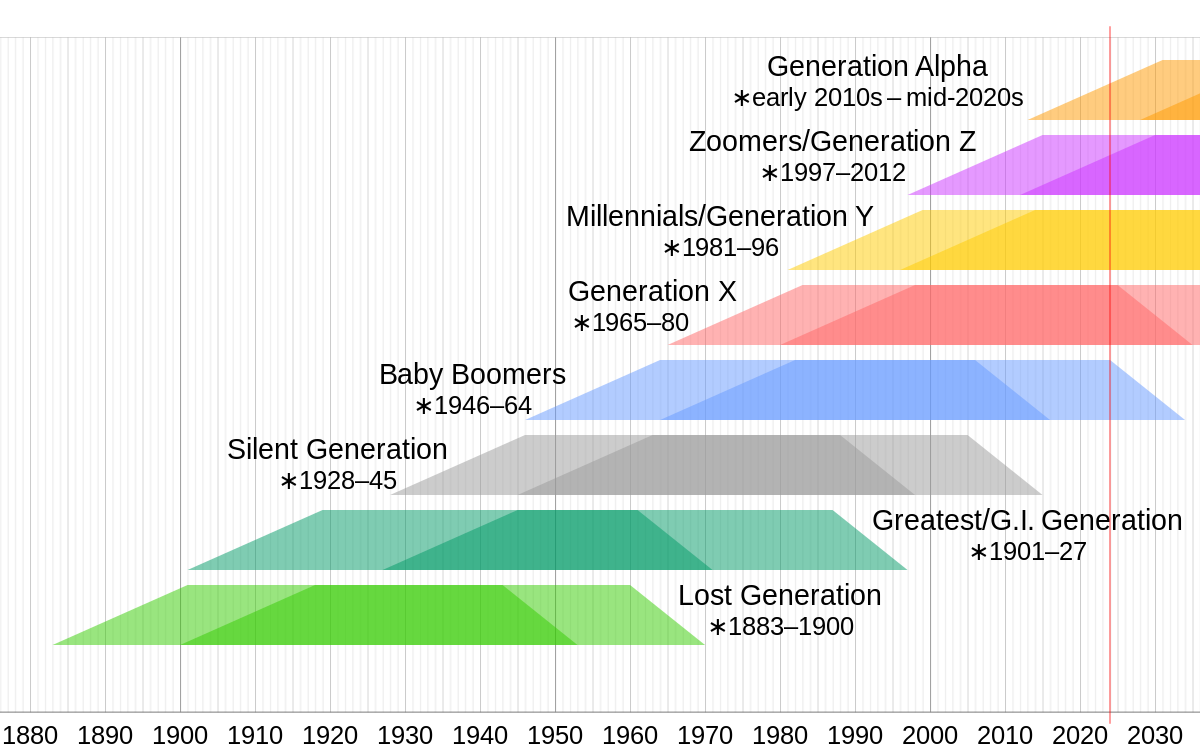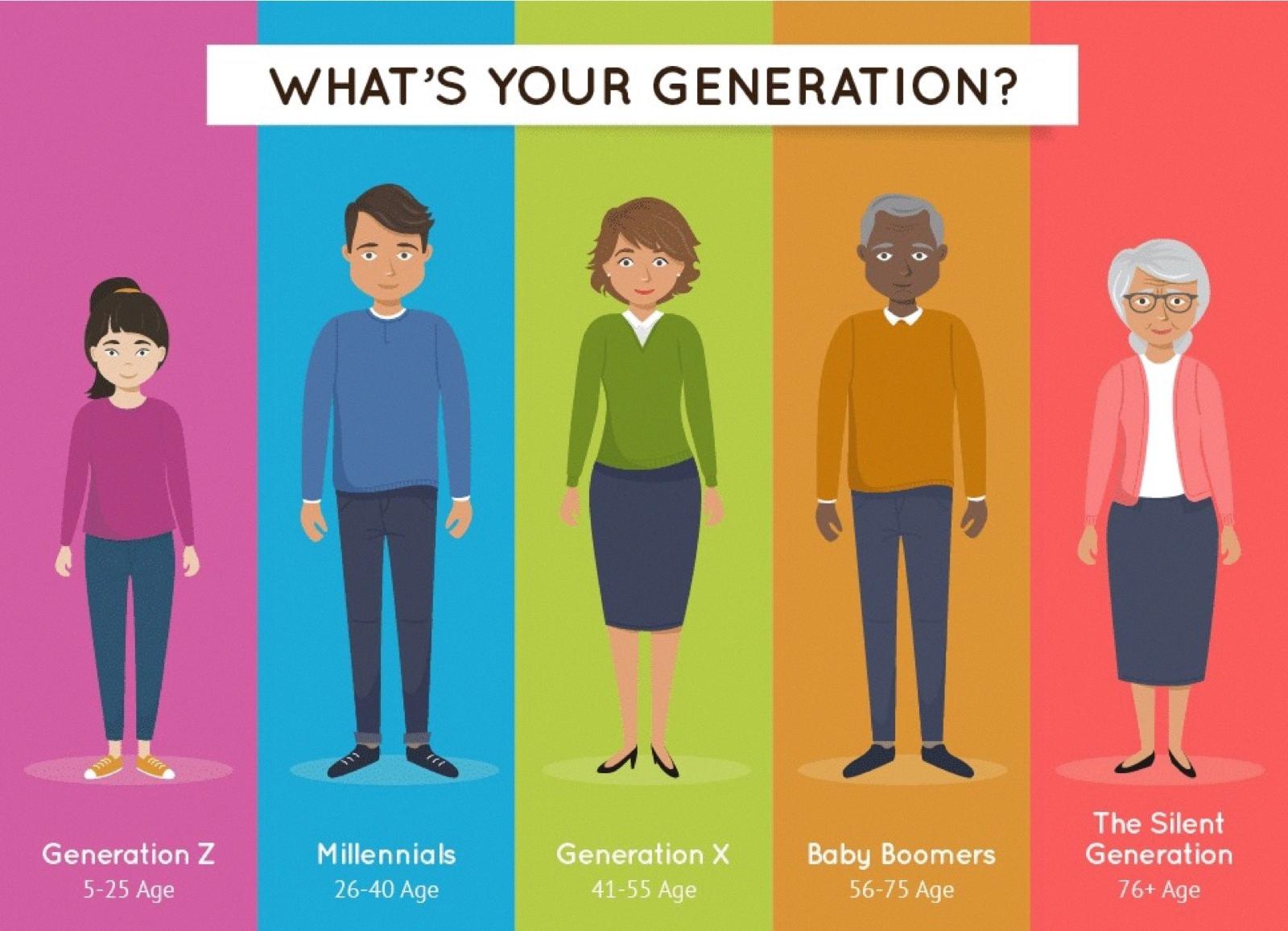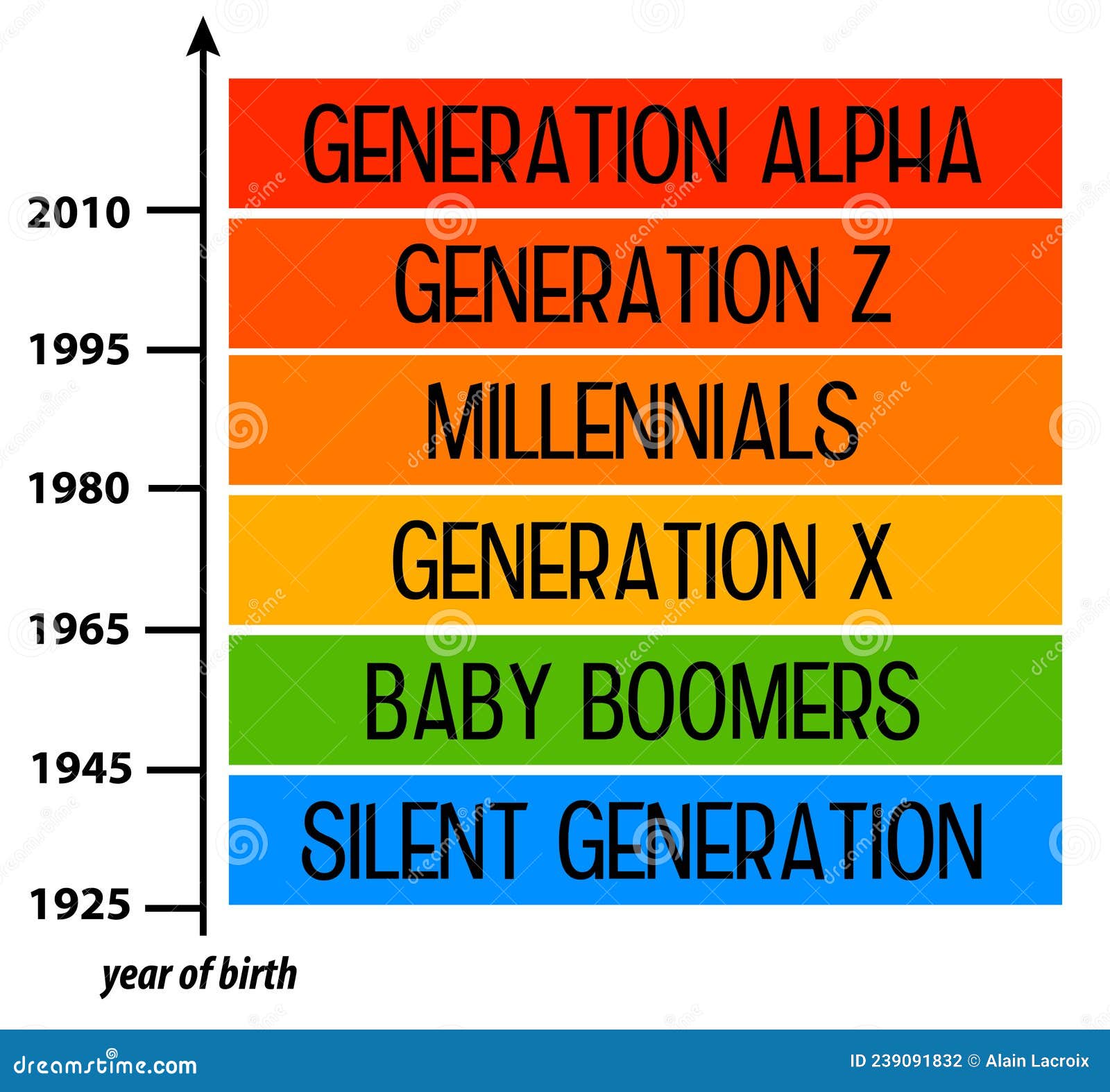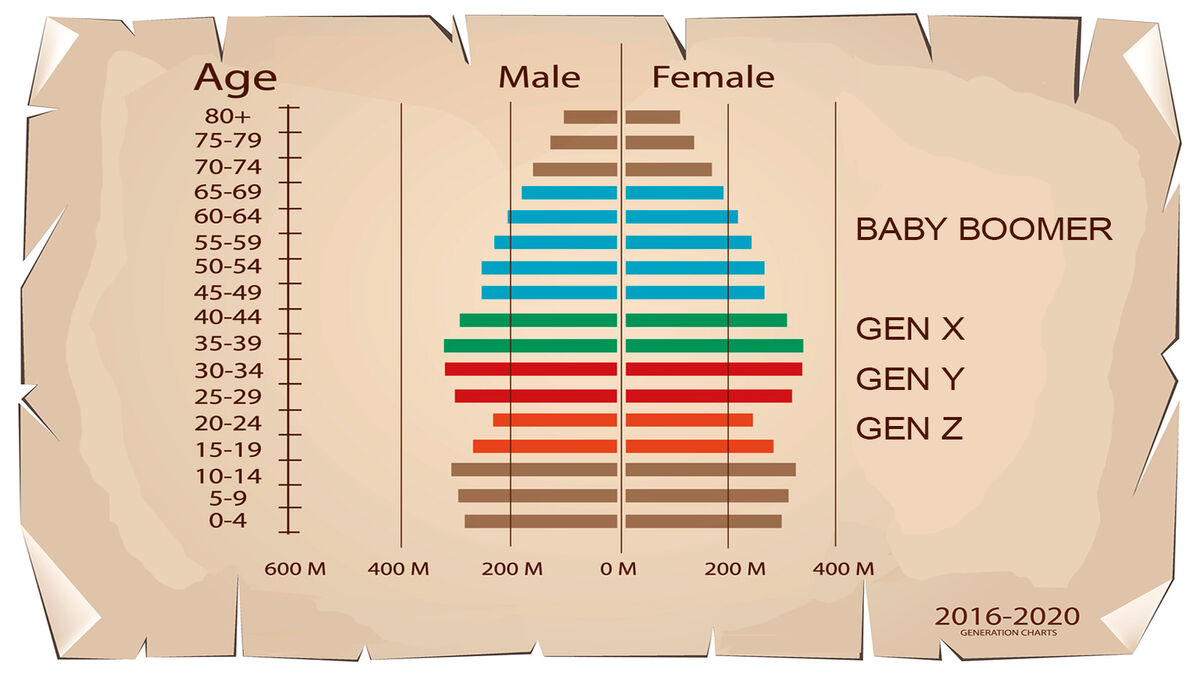How Many Generations Are There In 2 000 Years
How Many Generations Are There In 2 000 Years - So 200,000 / 25 = 8,000 generations. Converting years into generations of humanity. Behaviourally modern humans evolved about. There's no data on the birth rates to calculate how long a generation was. Research has shown that the great apes (chimps, gorilla, orangutan) have generation times comparatble to humans, in the range of 18. The conversion to human generations is based on the 51 generations of the imperial family of japan. Just in the 20th century it went from 40 births per 1000 people down to 23. Anatomically modern humans evolved about 200,000 years ago.
Converting years into generations of humanity. Just in the 20th century it went from 40 births per 1000 people down to 23. Research has shown that the great apes (chimps, gorilla, orangutan) have generation times comparatble to humans, in the range of 18. The conversion to human generations is based on the 51 generations of the imperial family of japan. So 200,000 / 25 = 8,000 generations. Anatomically modern humans evolved about 200,000 years ago. Behaviourally modern humans evolved about. There's no data on the birth rates to calculate how long a generation was.
Just in the 20th century it went from 40 births per 1000 people down to 23. Behaviourally modern humans evolved about. There's no data on the birth rates to calculate how long a generation was. Anatomically modern humans evolved about 200,000 years ago. Converting years into generations of humanity. So 200,000 / 25 = 8,000 generations. The conversion to human generations is based on the 51 generations of the imperial family of japan. Research has shown that the great apes (chimps, gorilla, orangutan) have generation times comparatble to humans, in the range of 18.
generation birth years chart Generations old
Converting years into generations of humanity. Just in the 20th century it went from 40 births per 1000 people down to 23. There's no data on the birth rates to calculate how long a generation was. Behaviourally modern humans evolved about. So 200,000 / 25 = 8,000 generations.
Generations Through the Ages
Research has shown that the great apes (chimps, gorilla, orangutan) have generation times comparatble to humans, in the range of 18. Converting years into generations of humanity. Anatomically modern humans evolved about 200,000 years ago. There's no data on the birth rates to calculate how long a generation was. The conversion to human generations is based on the 51 generations.
Generations years stock illustration. Illustration of aspiration
There's no data on the birth rates to calculate how long a generation was. Converting years into generations of humanity. Behaviourally modern humans evolved about. Just in the 20th century it went from 40 births per 1000 people down to 23. So 200,000 / 25 = 8,000 generations.
Generations Infographics Google Slides & PowerPoint
Converting years into generations of humanity. Anatomically modern humans evolved about 200,000 years ago. So 200,000 / 25 = 8,000 generations. Just in the 20th century it went from 40 births per 1000 people down to 23. Research has shown that the great apes (chimps, gorilla, orangutan) have generation times comparatble to humans, in the range of 18.
Millennials Age Range
Just in the 20th century it went from 40 births per 1000 people down to 23. There's no data on the birth rates to calculate how long a generation was. So 200,000 / 25 = 8,000 generations. Research has shown that the great apes (chimps, gorilla, orangutan) have generation times comparatble to humans, in the range of 18. The conversion.
How Did Humans Evolve? HISTORY
The conversion to human generations is based on the 51 generations of the imperial family of japan. There's no data on the birth rates to calculate how long a generation was. Research has shown that the great apes (chimps, gorilla, orangutan) have generation times comparatble to humans, in the range of 18. Converting years into generations of humanity. Just in.
How to Define the Generations The Ultimate Guide for Marketers
Converting years into generations of humanity. Just in the 20th century it went from 40 births per 1000 people down to 23. Research has shown that the great apes (chimps, gorilla, orangutan) have generation times comparatble to humans, in the range of 18. The conversion to human generations is based on the 51 generations of the imperial family of japan..
Generation Wikipedia
Converting years into generations of humanity. So 200,000 / 25 = 8,000 generations. There's no data on the birth rates to calculate how long a generation was. Anatomically modern humans evolved about 200,000 years ago. Just in the 20th century it went from 40 births per 1000 people down to 23.
generations by birth year chart Generations chart birth years
Research has shown that the great apes (chimps, gorilla, orangutan) have generation times comparatble to humans, in the range of 18. Anatomically modern humans evolved about 200,000 years ago. Behaviourally modern humans evolved about. Converting years into generations of humanity. The conversion to human generations is based on the 51 generations of the imperial family of japan.
How Long Is a Generation? Today and In History YourDictionary
Behaviourally modern humans evolved about. There's no data on the birth rates to calculate how long a generation was. Anatomically modern humans evolved about 200,000 years ago. The conversion to human generations is based on the 51 generations of the imperial family of japan. So 200,000 / 25 = 8,000 generations.
Research Has Shown That The Great Apes (Chimps, Gorilla, Orangutan) Have Generation Times Comparatble To Humans, In The Range Of 18.
So 200,000 / 25 = 8,000 generations. Converting years into generations of humanity. Anatomically modern humans evolved about 200,000 years ago. The conversion to human generations is based on the 51 generations of the imperial family of japan.
Behaviourally Modern Humans Evolved About.
There's no data on the birth rates to calculate how long a generation was. Just in the 20th century it went from 40 births per 1000 people down to 23.









